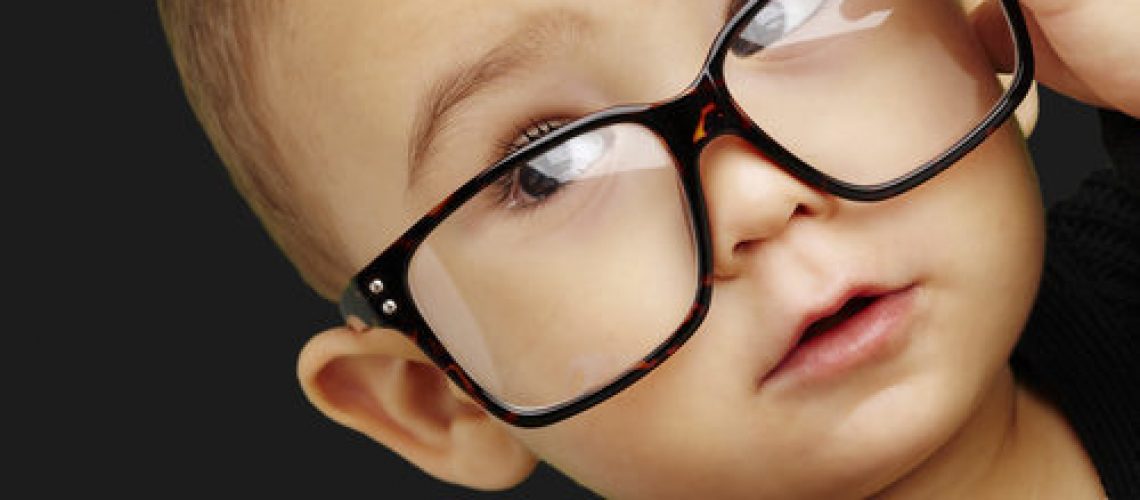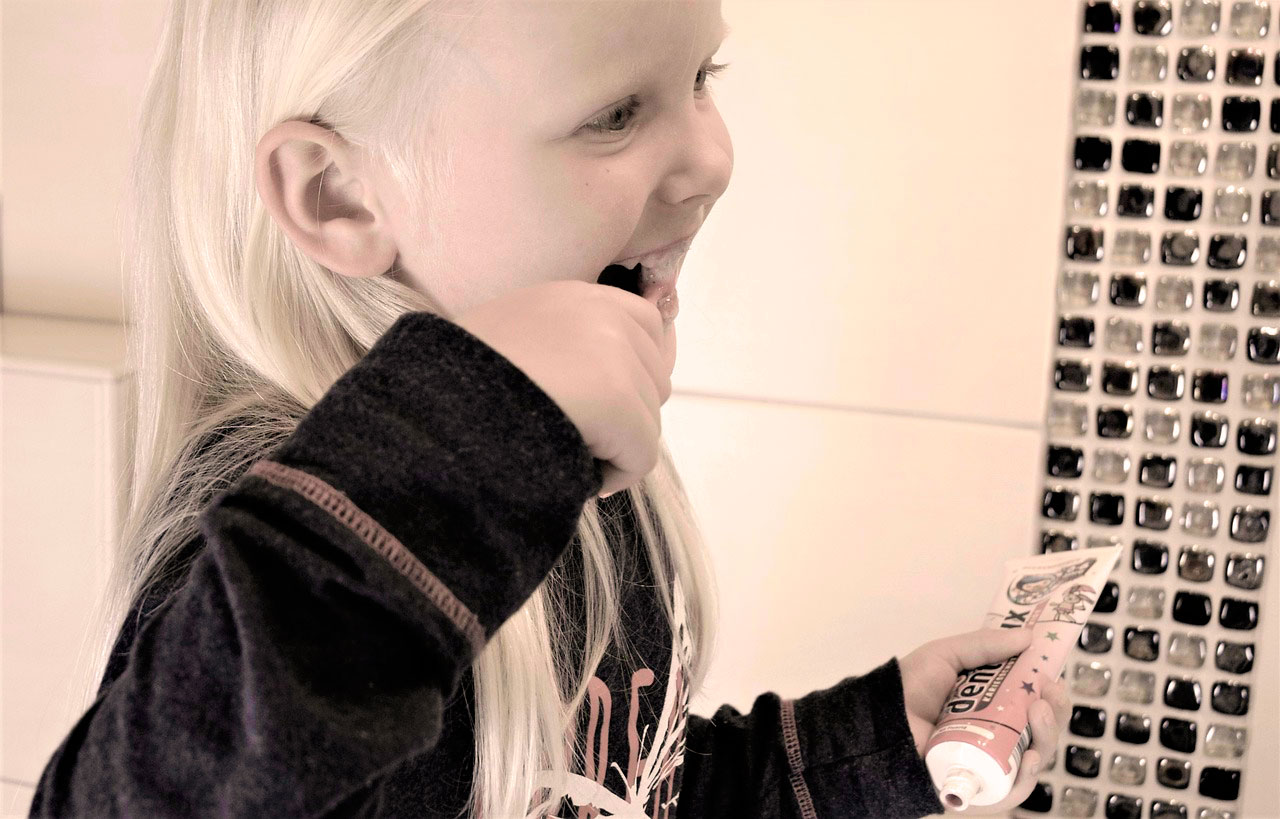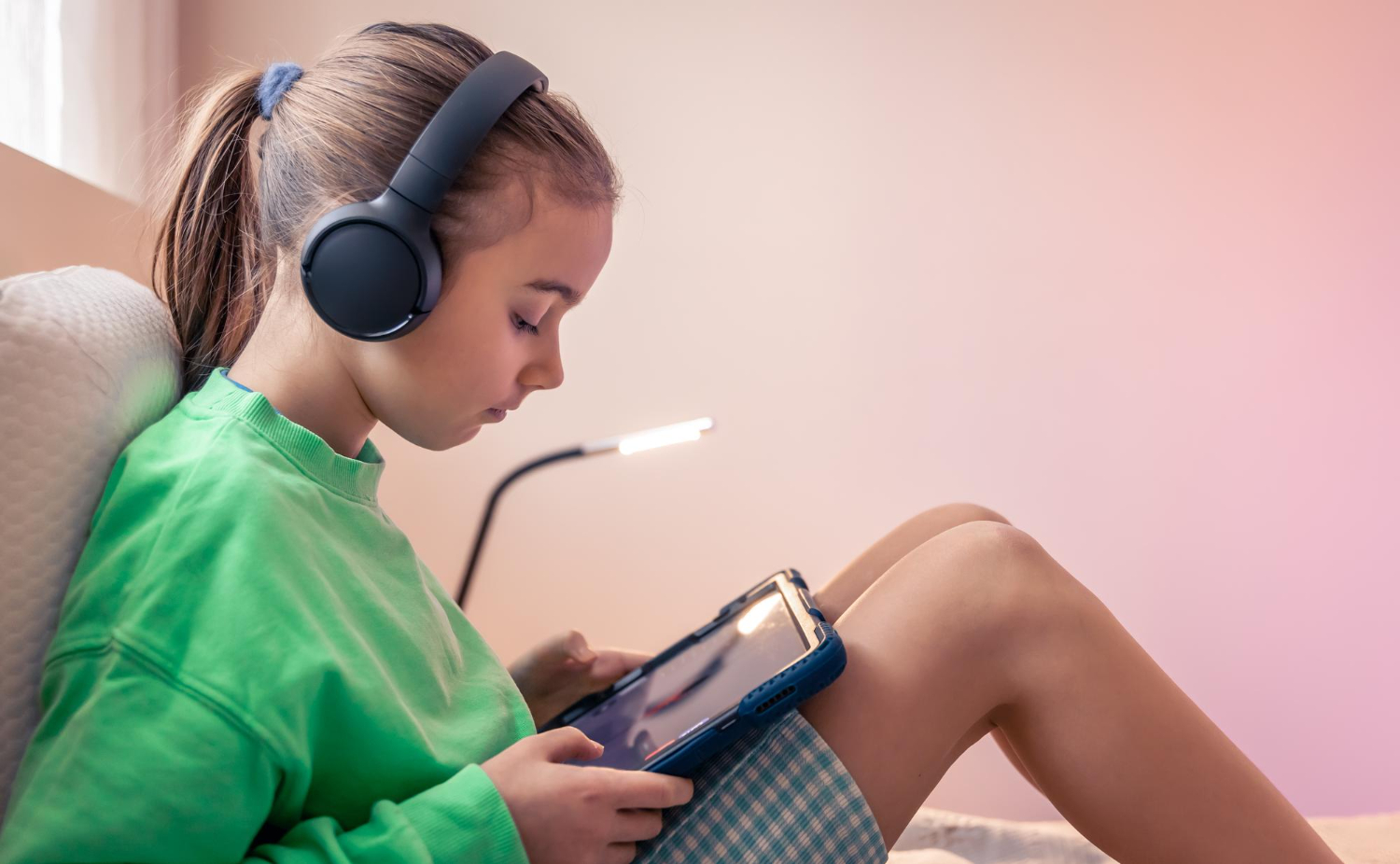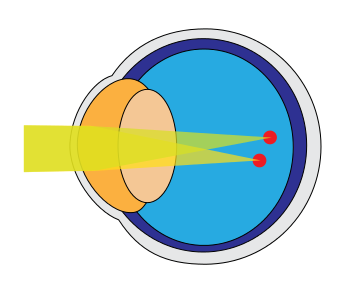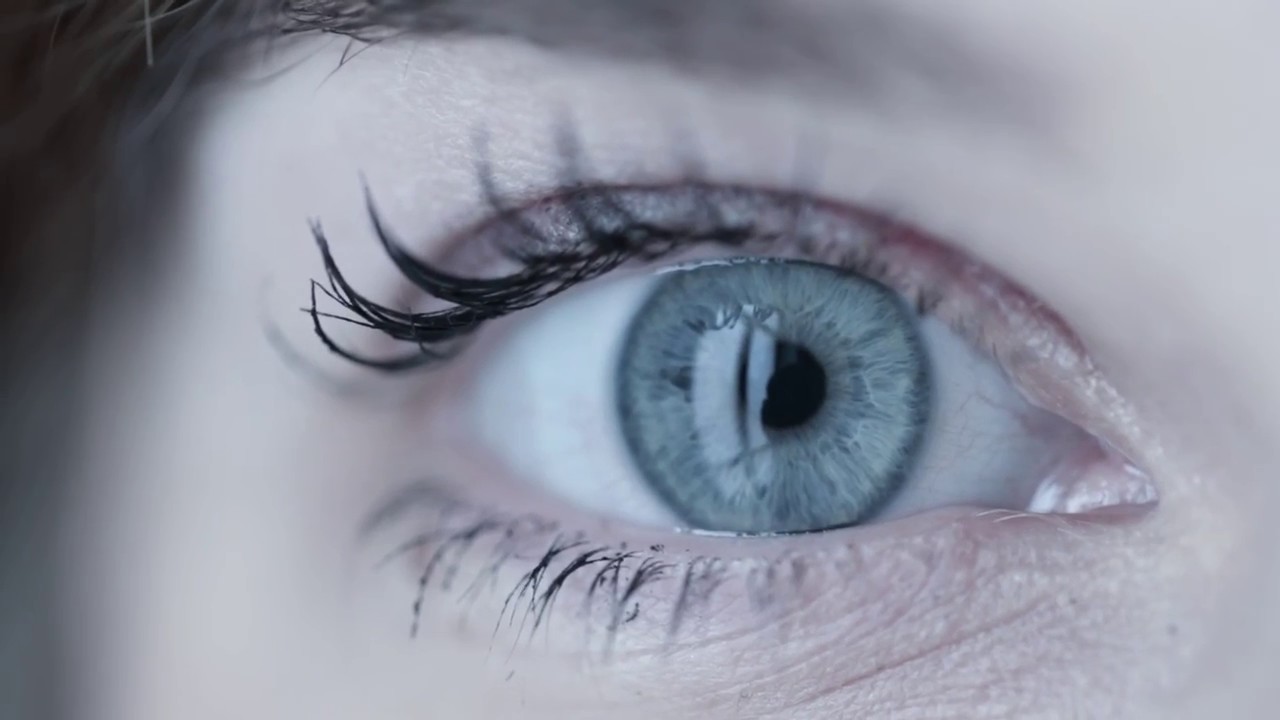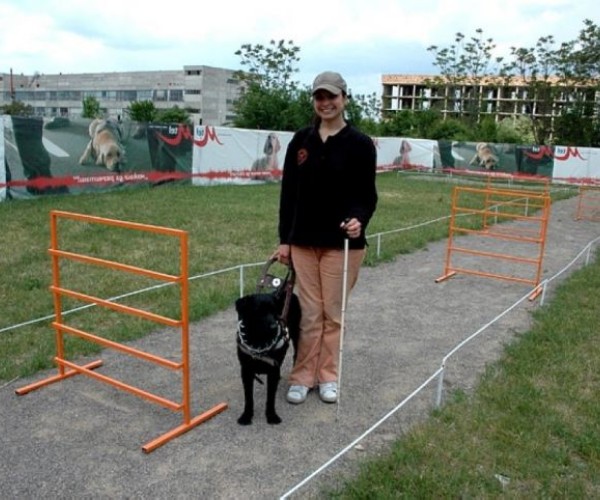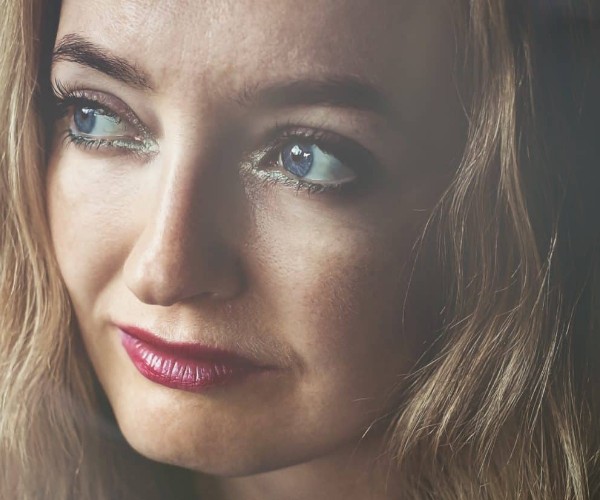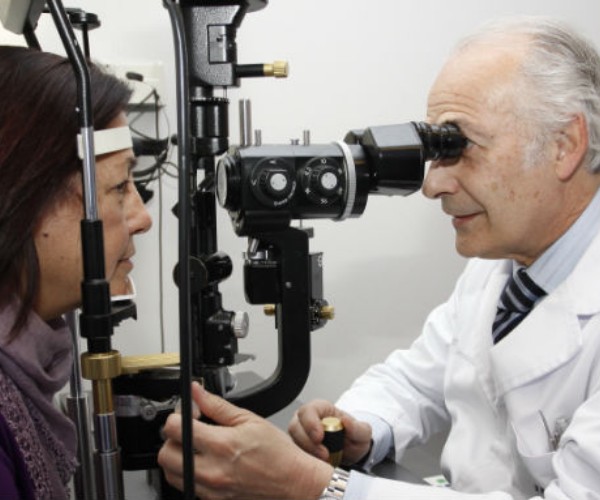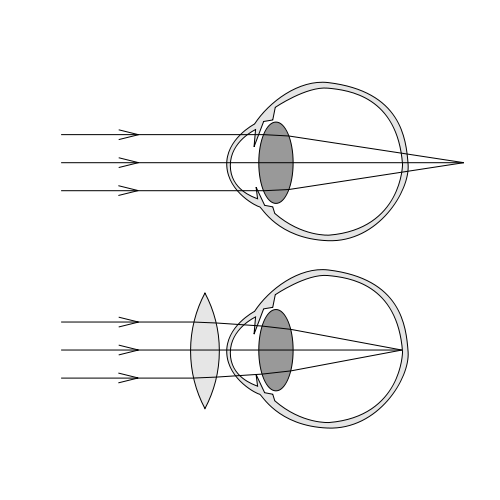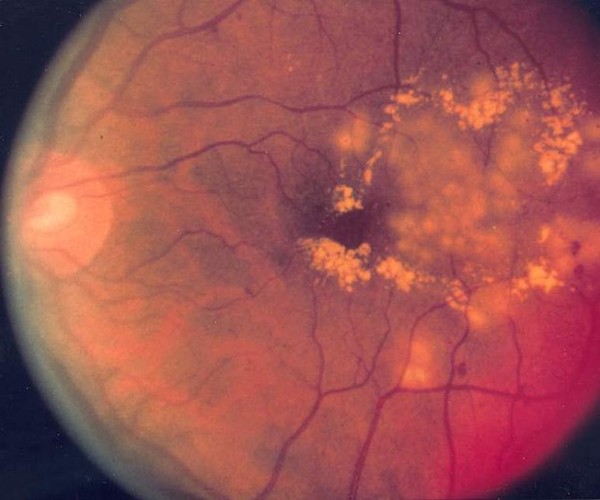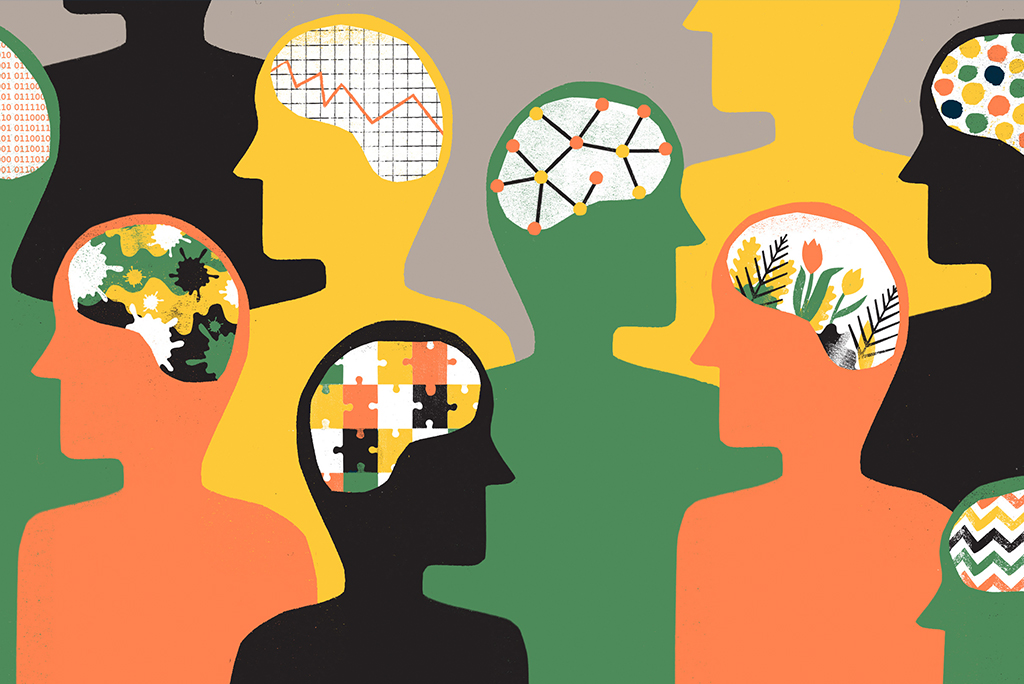To reduce the risk of developing myopia, children’s eyes should be exposed to both the bright bright light typical of a sunny day and the dim light found in dimly lit rooms: only in this way can the different types of photoreceptors be properly stimulated.
Myopia is an extremely common vision defect in people of all ages, typically arising in childhood/adolescence and then worsening in adulthood, sometimes complicating during aging with additional issues such as glaucoma, retinal detachment, or cataracts.
According to estimates, by 2050, about half of the world’s population will be affected by myopia and at increased risk of visual impairment. And, perhaps, this is a benevolent estimate, when one considers the negative impact that protracted exposure to screens of smartphones, computers, tablets, etc. and often inadequate lighting conditions is already having both in the home and in the workplace.
Given that, once established, myopia is difficult to recover from, in order to contain the size of what can be considered a true epidemic and protect the eyesight of millions of people, it is necessary to foster efficient eye development and prevent the onset of the visual defect from an early age.
According to studies conducted so far, it may not require drugs or other specific interventions to do so: it would be enough to regularly expose children ‘s eyes to the right light, that is, light that can properly stimulate the photoreceptors in the retina (cones and rods).
In this regard, data obtained, first in animal models and then in humans, indicated that exposure to bright bright light, typical of sunny days, has a preventive action against myopia. Specifically, one study reported that children exposed to bright ambient light for longer periods of time during play or outdoor physical activity were less likely to develop myopia. While another investigation found that myopic children tend to stay indoors more often and, therefore, benefit less from the positive stimulus of bright light.
On the other hand, a recent study conducted at the Georgia Institute of Technology in Atlanta, U.S., warns that it is not only the bright light of the outdoor environment that has a protective effect against myopia, but also the soft light typical of evenings or dimly lit rooms. The finding, only seemingly in antithesis with the previous one, is justified by the fact that the eye is a very complex organ, comprising photoreceptors of different types, naturally stressed by light radiation of different wavelengths.
Bright light better stimulates the cones, which are responsible for color vision, while dim light better stimulates the rods, which are the photoreceptors responsible for picking up less intense radiation and responsible for black-and-white vision, which is typical in situations where lighting is poor. To effectively prevent pediatric myopia, balanced exposure to both bright and soft light appears to be necessary to allow all components of the eye to develop to their fullest and most harmonious potential.
Source
Landis EG et al. Dim Light Exposure and Myopia in Children. Invest Ophthalmol Vis Sci. 2018;59(12):4804-4811. doi:10.1167/iovs.18-24415





